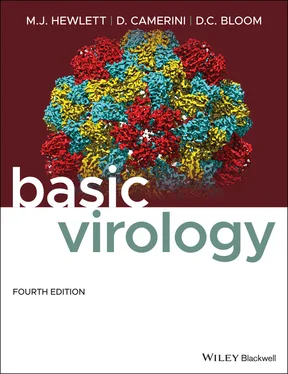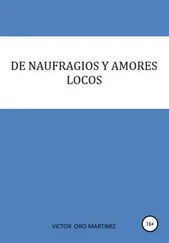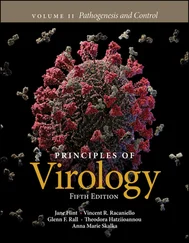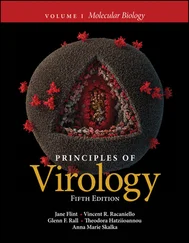Table 5.2The Baltimore classification scheme for viruses.
| RNA‐containing viruses |
| Single‐stranded RNA virusesPositive sense (virion RNA like cellular mRNA)NonenvelopedIcosahedralPicornavirus a(poliovirus, ahepatitis A virus, arhinovirus a)CalicivirusesPlant virus relatives of picornavirusesMS2 bacteriophage aEnveloped Icosahedral Togaviruses a(rubella, aequine encephalitis, Sindbis a)Flaviviruses a(yellow fever, adengue fever, Zika virus)Helical Coronavirus a(SARS‐CoV, MERS‐CoV)Positive sense but requires RNA to be converted to DNA via a virion‐associated enzyme (reverse transcriptase) Enveloped Retroviruses aOncornaviruses a(Rous sarcoma virus)Lentiviruses a(HIV)Negative‐sense RNA (opposite polarity to cellular mRNA, requires a virion‐associated enzyme to begin replication cycle) Enveloped Helical Mononegaviruses a(rabies, avesicular stomatitis virus, aEbola virus a)Segmented genome (orthomyxovirus–influenza, abunyavirus‐hantavirus, aarenavirus a) Double‐stranded RNA virusesNonenveloped Icosahedral (reovirus, arotavirus a) Single‐stranded DNA virusesNonenveloped Icosahedral Parvoviruses a(canine distemper, adeno‐associated virus a)Bacteriophage ΦX174 aDouble‐stranded DNA virusesNuclear replication Nonenveloped Icosahedral Small circular DNA genome (papovaviruses–SV40, apolyomaviruses, apapillomaviruses a)“Medium”‐sized, complex morphology, linear DNA (adenovirus a)Enveloped – nuclear replicating Icosahedral Herpesviruses a(linear DNA)Hepadnavirus a(virion encapsidates RNA that is converted to DNA by reverse transcriptase)Cytoplasmic replication Icosahedral IridovirusComplex symmetry Poxvirus aBacterial viruses Icosahedral with tailT‐series bacteriophages aBacteriophage λ a |
aDiscussed in text. MERS‐CoV: Middle East respiratory syndrome coronavirus; SARS‐CoV: severe acute respiratory syndrome coronavirus.
The best generalization that can be made concerning virus classification is that it depends on analysis of a number of features, and the importance of such features may vary depending upon the use being made of the classification. A classification scheme that combines the Baltimore basis along with the nature of the host and detailed genetic characterization of critical viral proteins can generate a global view of viruses as a virosphere, such as that shown in Figure 5.5.
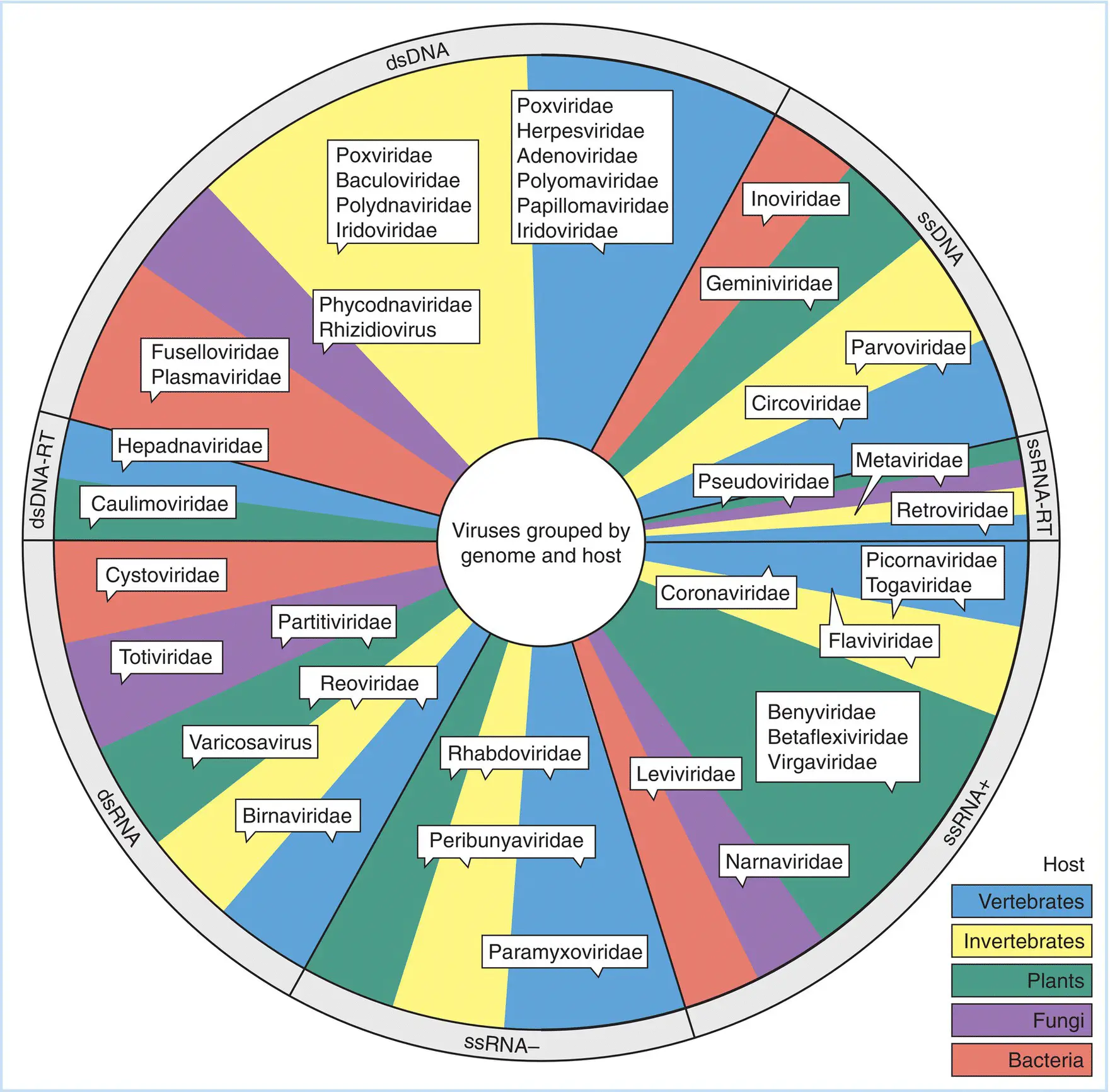
Figure 5.5The virosphere. Classification of a major portion of the currently known families of viruses (‐ viridae ) using criteria defined by the International Committee on Taxonomy of Viruses (ICTV). Major groupings are based on the nature of the viral genome and the nature of the host.
The features of viruses discussed in this chapter provide the basis for this comprehensive classification scheme, but they are not complete – for example, diseases caused by viruses cannot be readily listed. Further, relationships between virus families will often transcend the nature of the host – this would require a third dimension to the scheme (appropriate to the concept of a sphere). Since the concept of species in biology has always been a problem, it is no surprise that relationships between viruses pose a number of specific and profound problems. For more distantly related groups, the problems grow. Still, throughout this confusion, virus families made up of related species or types are clear, and it is possible to group some major virus families into superfamilies – we will see that this can be done for the Herpesviridae and certain bacteriophages. As a rationalization, it is useful to consider virus families and larger groupings as polythetic– a group whose members always have several properties in common, although no single common attribute is present in all of its members. As a result, no single property can be used as a defining property of a polythetic group on the basis that it is universally present in all the members and absent in the members of other groups. For viruses, it is impossible to use any one discriminating character for distinguishing related groups and families, because of the inherent variability of the members.
Recently, high‐throughput sequencing ( Chapter 11) coupled with metagenetic analysis ( Chapter 22) have expanded our understanding of the number and types of viruses that are a normal part of the flora of the human body. The so‐called human viromeis in the process of being mapped for the blood, the gut, and various other locations that are a part of human anatomy, similar to work being done with bacterial species and the human microbiome. Since the techniques that lead to an understanding of the virome will be discussed later in this book, a detailed discussion of these explorations will be covered at that time. It suffices to say that the relationship we have with our normal viruses and their importance to our physiology are only partially understood.
1 One structural form used in building virus particles is based on the icosahedron. Describe, either in words or in a diagram, the organization (number of capsomers, etc.) of the simplest virus particle of this form.
2 If a virus has a negative‐sense RNA genome, what enzymatic activity (if any) will be found as part of the virion, and what will be the first step in expression of the viral genome?
3 List three properties of a virus that might be used as criteria for classification (taxonomy).
4 What is the basis of the Baltimore classification scheme?
5 What are some examples of virus structural proteins? What are some examples of proteins that have enzymatic activity included as part of a virus structure?
Конец ознакомительного фрагмента.
Текст предоставлен ООО «ЛитРес».
Прочитайте эту книгу целиком, купив полную легальную версию на ЛитРес.
Безопасно оплатить книгу можно банковской картой Visa, MasterCard, Maestro, со счета мобильного телефона, с платежного терминала, в салоне МТС или Связной, через PayPal, WebMoney, Яндекс.Деньги, QIWI Кошелек, бонусными картами или другим удобным Вам способом.
